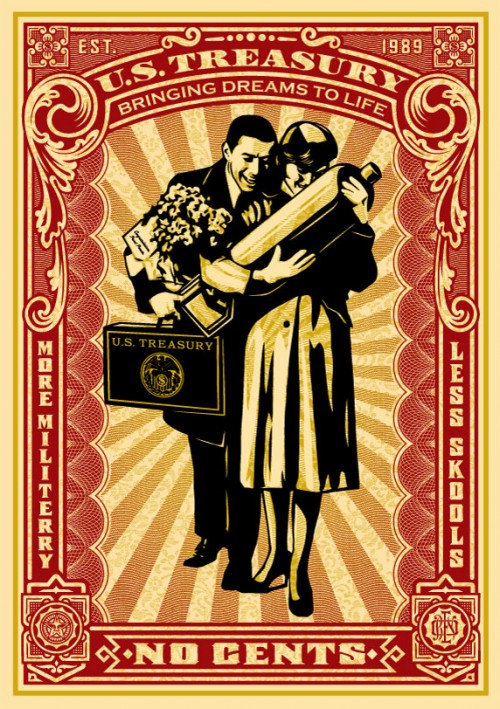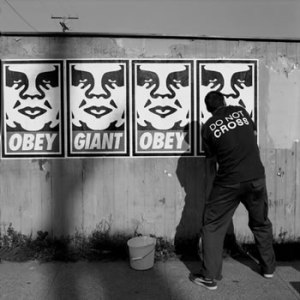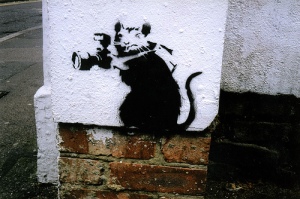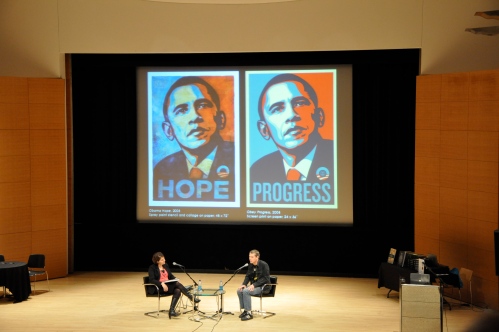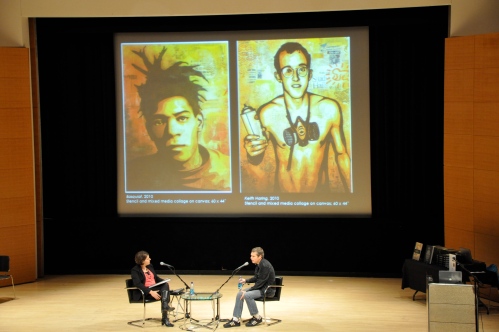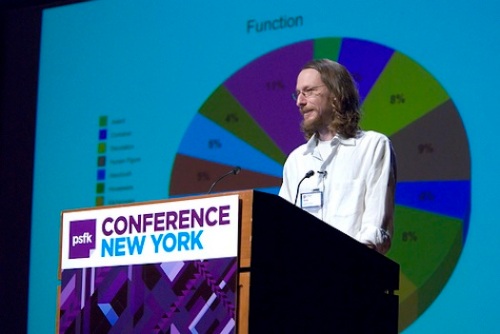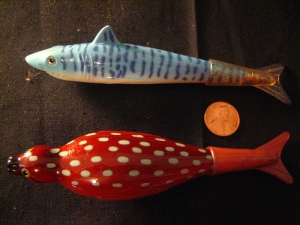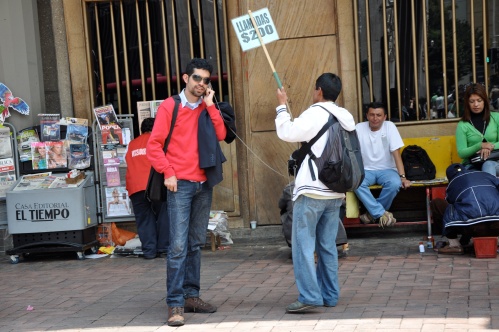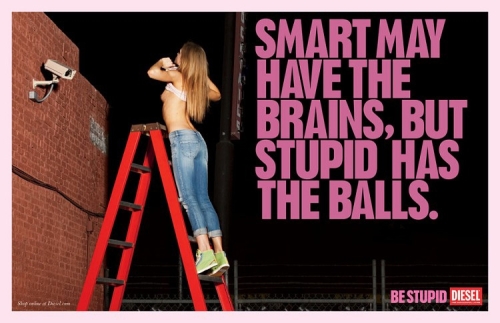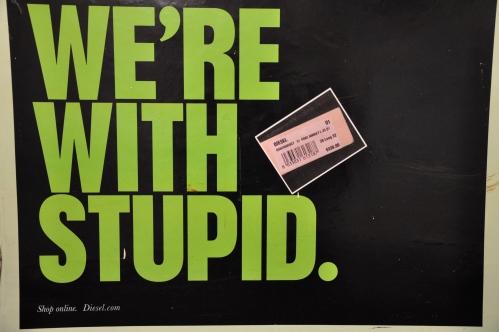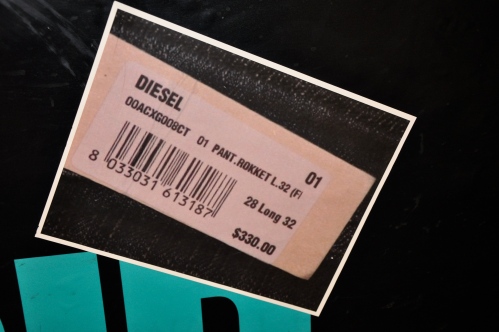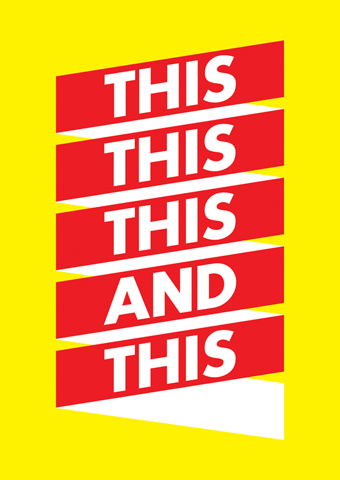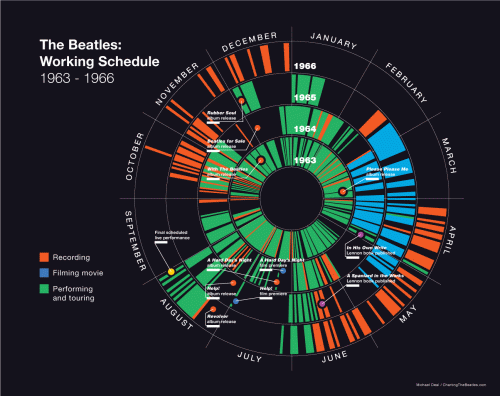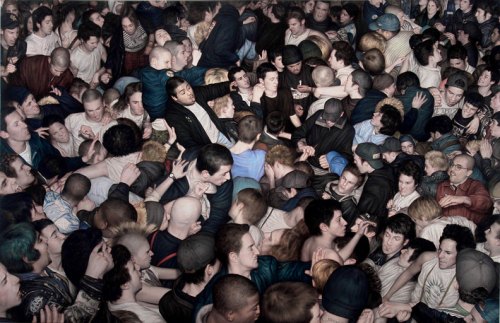
As part of New York’s annual Social Media Week (I presume I can legitimately say that despite this only being the event’s second year), I made the arduous hundred yard journey from the comforts of my desk to JWT’s café to see a stellar panel featuring Ty Montague, The Co-President of JWT North America, the inimitable Faris Yakob, Chief Technology Officer of McCann, Michael Lebowitz, founder and CEO of Big Spaceship and Saneel Radina proprietor of the somewhat brilliant title of Alchemist at Denuo.
The panel was hosted by John Windsor, whose new agency Victors and Spoils caused somewhat of a stir within the advertising community last year when they launched, professing to be the world’s first creative ad agency built on the principles of crowdsourcing.
What follows are my disjointed recollections of some of the ideas and thoughts that piqued my interest. Lacking the basic multi-tasking skills to simultaneously write and listen, I didn’t take any notes, so apologies to anyone whose ideas I have butchered, misrepresented or misappropriated.
What I think I found most refreshing about the panel was that there was significant disagreement and divergence of opinion. All too often, these panels can seems an excuse for self-congratulatory backslapping and ego massaging, and so it was really good to see some healthy and respectful debate.
So…
The democratization of creativity now affords the opportunity for anyone with a Mac and some creative skills to potentially cross and blur the lines between amateur and professional. There seemed reasonable consensus on the panel that this was a good thing.
However, there were certainly some legitimate concerns raised about the limitations and pitfalls of crowdsourcing. Michael and Ty, in particular, seemed worried about the potential commoditization of creativity. If, say, 100 people work on a project to design a new logo on the crowdsourcing site Crowdspring, only the winner and few runners up will actually end up getting paid. To some this seems grossly unfair. Shouldn’t people be paid for their labor, even if their idea isn’t selected? John did point out, however, that in pitching for new business, we constantly give away work on spec, and this could certainly be considered free labor, particularly if you don’t win the business.
Ty, I believe, suggested the best compromise, which was that something like 70% of the fee gets paid to the winning idea, with the remaining 30% spread amongst the other entrants; a relatively small, curated group of individuals. As long as mechanisms were in place so as to discourage coasters, this seemed to me like it had the makings of a solution.
Perhaps more stinging a criticism of crowdsourcing is that despite its collaborative connotation, it in fact panders to the lone-wolf mentality. This is all well and fine when deigning a corporate logo on Adobe Illustrator, but when it comes to designing and building complex systems, as is the bread and butter of a digital agency like Big Spaceship, there is the requisite for cross-disciplinary collaboration.
A final cautionary note I liked came from the mouth of Faris, a thoroughly nice and articulate fellow who I had the chance to have a few words with after the panel ended, who warned that some were conflating the notions of Crowdsourcing and James Surowieki’s theory The Wisdom of Crowds. This, he argued had led to the fallacious logic that since crowds are wise, (itself a point up for debate) sourcing a crowds is also wise.
And on that note, I end my random and badly organized conference thoughts.
I undoubtedly left with as many questions as I did answers. What became very clear, was that there was not one unanimously accepted definition of crowdsourcing adhered to, which of course makes understanding the concept somewhat tricky. That said, there was plenty or brain food to ponder.


